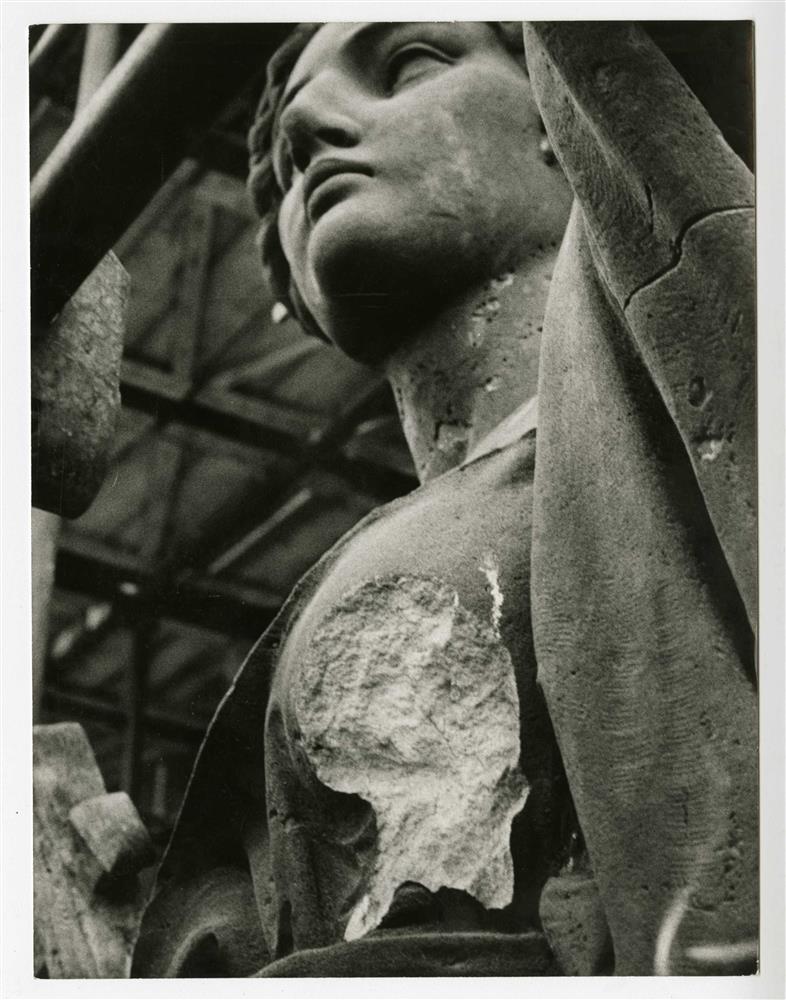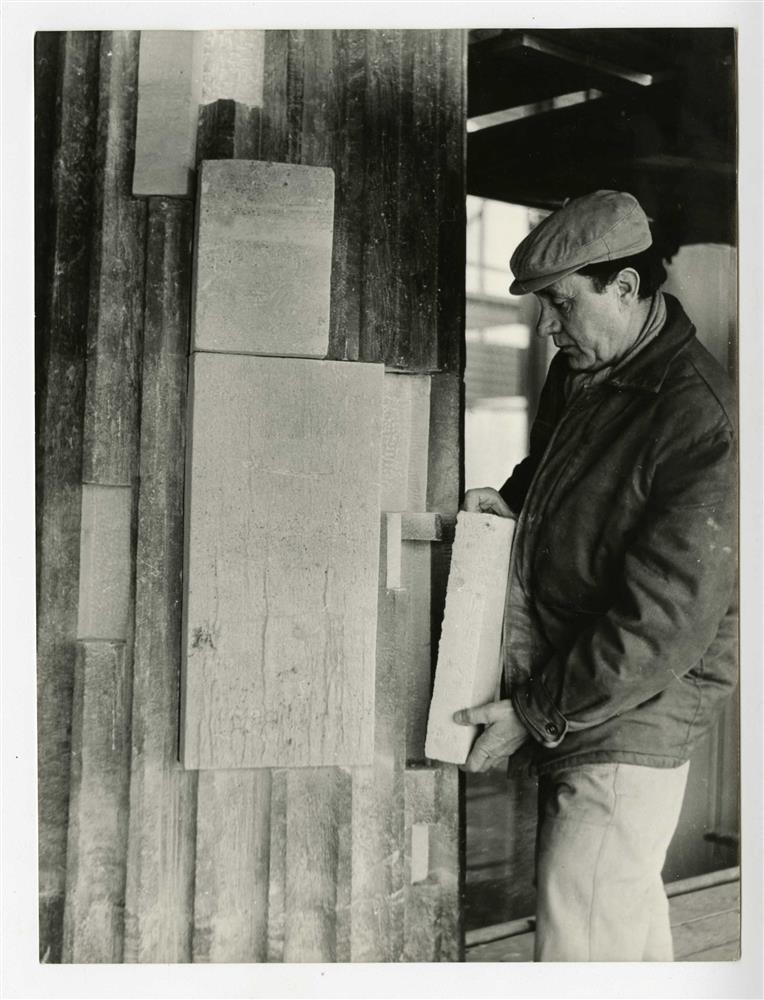21.08.2016 | In August 1968 gunfire was heard on Wenceslas Square. The target for the arms of the Warsaw Pact soldiers was the National Museum. It is not clear why they shot at the building. The event will be commemorated not only by a plaque but also by the traces of the shooting that remain on the façade.

The 1968 invasion of the Warsaw Pact troops caused a nationwide outcry. The country's capital experienced difficult times, which left a trace on the dominant feature of Wenceslas Square - the Neo-Renaissance building of the National Museum.
 The museum became a target for the machine guns of the Soviet soldiers on 21. 8. 1968. The totally senseless attack caused heavy damage to the facade, the sculpture decorations and also the interiors.
The museum became a target for the machine guns of the Soviet soldiers on 21. 8. 1968. The totally senseless attack caused heavy damage to the facade, the sculpture decorations and also the interiors.
The shots made numerous holes in the sandstone columns and plaster, damaged stone statues and reliefs, and also drilled into the wallpaper in the boardroom and the director’s office. Some of the repositories were not spared, either.
Moreover, the building was not empty at the time. When a burst of machine gun fire shot through the window in the director’s office, the former director of the National Museum, Vladimír Denkstein, managed to save himself thanks to his instinctive reaction of ducking to the floor.
The witnesses to these events remember a wounded woman in front of the main entrance. She was treated on site by Emanuel Vlček, a famous anthropologist and researcher at the National Museum. The bloodstained banner that served as a makeshift stretcher remained for a long time in the museum, but was finally lost.
In subsequent years, bullets would be found in the interiors, in the repositories and also in showcases. Several of them were even put in the museum’s collections. After the reconstruction of the Historical Building of the National Museum, the bullets will be shown in new exhibitions.
 Collection items were not spared either. The ironic example of a damaged exhibit is a tableau for the congress for moral education in Geneva in 1921, with the French text about the meaning of Czech history by Jan Herben (with an illustration by František Kysela), which was hit, quite symbolically, on the word LIBÉRATION.
Collection items were not spared either. The ironic example of a damaged exhibit is a tableau for the congress for moral education in Geneva in 1921, with the French text about the meaning of Czech history by Jan Herben (with an illustration by František Kysela), which was hit, quite symbolically, on the word LIBÉRATION.
It would not be the Czech nation if, even in such an event, the people didn't manage to find a spark of humour. People nicknamed the damaged façade: “the mosaic by El Grechko”, and soon after the August invasion, a funny riddle circulated among the people of Prague: "Do you know the most famous place in Prague? The National Museum. Any oaf can hit [meaning find] it.”
 And the reason for the shooting? It remains a matter for speculation. It was said that the soldiers mistook the museum building for the main railway station, and confusion with the National Assembly building was also mentioned. There was also speculation that the attack was a reaction to a shot from one of the museum windows.
And the reason for the shooting? It remains a matter for speculation. It was said that the soldiers mistook the museum building for the main railway station, and confusion with the National Assembly building was also mentioned. There was also speculation that the attack was a reaction to a shot from one of the museum windows.
The press came up with another explanation on 22 August 1968: “The fountain in front of the Museum whispers quietly, just like yesterday, as if nothing has happened. But when you lift your eyes towards the Museum's facade, you will freeze. Hundreds of white pecks are shining against the dark background. A tank's aerial brushed against an overhead line… and that was enough to start the shooting that would for many years mark the historical building dominating Wenceslas Square."
The real cause will most likely never be found. The ČTK report from that fateful 21 October says: “People were asking the soldiers from the tank on the crossroads of Wenceslas Square and Opletalova Street, in vain, why they were doing this.”
The heavy damage to the facade called for general repairs between 1970 and 1972. The fillings in the darkened sandstone remain visible to this day. The repairs were carried out by inserting stone fillings and also rather hard cement putty fillings. These repairs will not be removed during the reconstruction. Minor damage by shots will also stay on the façade without repair, as a memento.
After the reconstruction is finished, the National Museum is also planning to place a plaque by the entrance to the building, which will inform visitors to Prague and its inhabitants about this historical event. A section in one of the new exhibitions in the Historical Building of the National Museum will be dedicated to the events of 1968.

(EK)
Archeologie Historie Hudba Lidová kultura Mimoevropské kultury Osobnosti Přírodní vědy Rekonstrukce Restaurování Rukopisy a tisky Umění Vánoce Výstavy
Muzeum 3000, zpravodajský portál Národního muzea, odhaluje jedinečná tajemství. Více se dozvíte zde!